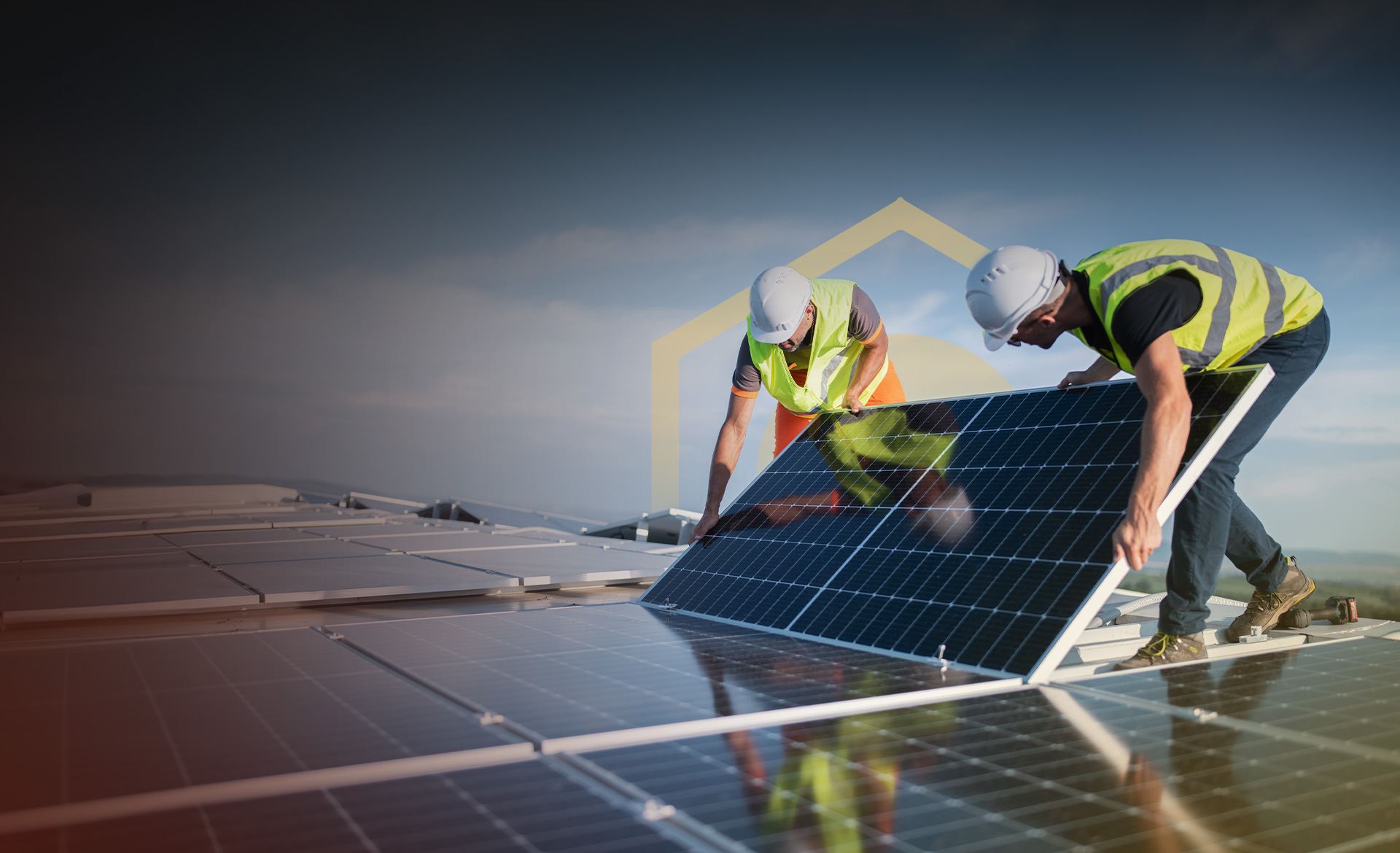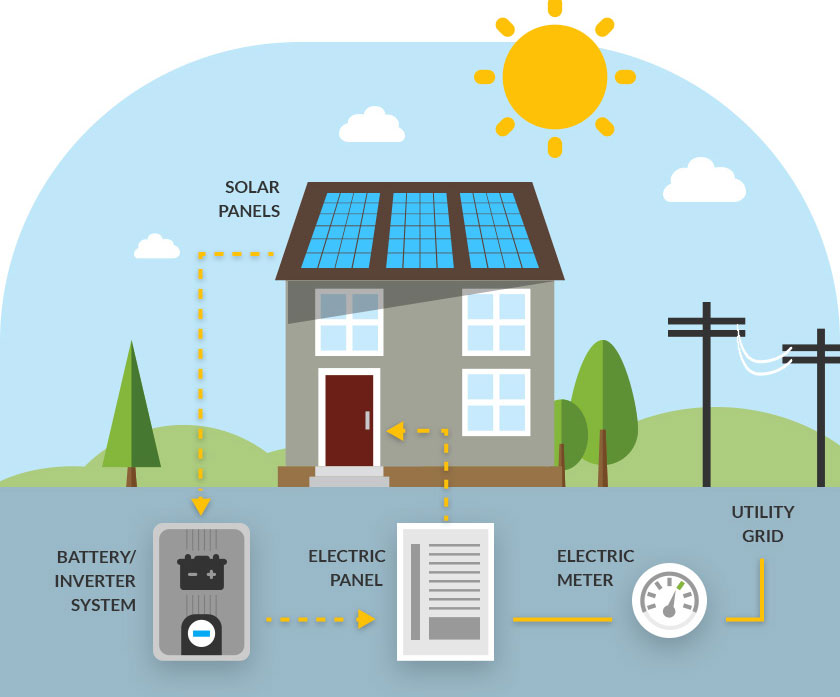What Does Solar Panel Company Virginia Do?
What Does Solar Panel Company Virginia Do?
Blog Article
Solar Roof Contractors Virginia: Lumina Solar Focuses On Providing Advanced Photovoltaic Solutions For Homes And Companies
History and Founding
Have you ever wondered how a photovoltaic panel business springs from a simple stimulate of motivation into a powerhouse of renewable energy? It often starts with a vision-- one fueled by a blend of development, decision, and a pinch of serendipity. The journey of lots of solar business mirrors the development of the technology itself: from large, inefficient panels to streamlined, high-efficiency marvels utilizing the sun's bounty.
The Early Days
In the late 20th century, when solar power was still a niche idea, pioneers planted seeds for what would end up being a worldwide motion. Envision a small workshop filled with curious engineers, relentlessly explore photovoltaic cells. Their enthusiasm was palpable, typically driven by a desire to fight climate modification and lower dependence on nonrenewable fuel sources.
One such anecdote has to do with a creator who, inspired by an outdoor camping journey, realized that even in remote locations, the sun could power necessary devices. This simple observation stimulated a company's mission to equalize access to clean energy.
Establishing Principles

- Development: Constantly pressing the borders of solar technology to improve performance and toughness.
- Sustainability: Devoting to eco-friendly manufacturing and reducing carbon footprints.
- Ease of access: Making eco-friendly energy services cost effective and practical for everyday users.
Turning points in Growth
| Year | Key Event |
|---|---|
| 1985 | Business founded in a small garage, focusing on research and development. |
| 1995 | First commercial solar panel product released, acquiring regional attention. |
| 2005 | Broadened to international markets, welcoming international renewable resource goals. |
| 2015 | Presented advanced solar panel technology with boosted energy conversion. |
Isn't it remarkable how these incremental steps, frequently ignored, shape the energy landscape today? The photovoltaic panel company story is not almost innovation; it has to do with a ruthless quest for a brighter, cleaner future.

Innovations in Solar Panel Technologies
Ever seen how some photovoltaic panels gleam brighter and last longer? It's not magic; it's the science of photovoltaic efficiency. Modern photovoltaic panel companies invest greatly in innovations like bifacial cells, which capture sunlight from both sides, increasing energy harvest without broadening roofing space. Have you ever wondered why some panels perform much better on cloudy days? That is because of advances in thin-film solar innovation, which prospers under diffused light conditions.
Item Variations Tailored to Unique Requirements
One size never fits all. Photovoltaic panel companies now provide:
- Monocrystalline panels for maximum effectiveness and streamlined looks, suitable for space-constrained rooftops.
- Polycrystalline panels, which offer a cost-efficient alternative without compromising excessive output.
- Building-integrated photovoltaics (BIPV), merging solar tech effortlessly into architectural elements like windows and facades.
Picking the ideal item isn't practically upfront expense; it's about matching your environment, energy goals, and long-term savings. For example, homes shaded by here trees require panels that stand out in low-light circumstances, something many overlook up until energy expenses climb suddenly.
Technical Tips for Optimum Choice
- Evaluate the temperature level coefficient-- lower values indicate panels lose less performance on hot days.
- Search for panels with enhanced anti-reflective coverings to take full advantage of light absorption.
- Consider the panel's guarantee not just for problems, however for ensured power output over years.
- Don't underestimate the significance of the inverter technology combined with the panels; it can make or break your system's performance.
Beyond Panels: Emerging Trends
Imagine photovoltaic panels that change their angle automatically to chase after the sun-- tracking systems are ending up being more accessible, increasing yield significantly. Or solar tiles that mix undetectably into your roofline, transforming your home into a quiet, self-dependent power generator. These innovations are reshaping what a photovoltaic panel business provides-- not simply items, however integrated energy solutions.
Market Existence and Global Operations
Ever wonder why some photovoltaic panel companies appear to sprout up in every corner of the world while others barely make a ripple? The distinction lies not simply in technology but in mastering the art of navigating diverse markets. Broadening globally resembles planting seeds in different environments-- you need to comprehend each environment's special conditions to thrive.
Take, for circumstances, the detailed dance of logistics and supply chain management. Delivering panels midway across the world isn't just about distance; it has to do with timing, customs, tariffs, and adapting to regional demand fluctuations. A company with robust worldwide operations expects these variables, guaranteeing panels show up on schedule without pumping up expenses. This foresight is no small feat and typically separates market leaders from fans.
Key Methods for Expanding Market Presence
- Localized production: Establishing production hubs near target audience reduces shipping delays and import complexities.
- Strategic collaborations: Working together with regional companies speeds up market penetration and constructs trust.
- Adaptive product style: Customizing solar panel tech to weather, sun strength, and facilities subtleties boosts efficiency and approval.
What about the human factor? Solar panel business operating internationally must reconcile cultural differences and regulatory nuances without losing sight of their core mission. For example, what works in a sun-drenched desert might fail in a damp seaside region. Sometimes, the most innovative service is just listening-- absorbing regional insights to fine-tune innovation and approach.
Professionals frequently advise a phased rollout instead of a shotgun expansion. Why risk overextension when measured growth develops sustainable momentum? Scaling wisely suggests balancing aspiration with operational strength - Solar Panel Company. After all, in the race for sustainable energy supremacy, patience can be as important as speed
Environmental Impact and Sustainability Practices
When solar panels initially emerged, numerous presumed they carried zero environmental baggage. However, the reality is more nuanced. The production of photovoltaic cells involves uncommon earth metals and energy-intensive processes, which can leave a large carbon footprint before the panels even reach roofs. The real environmental expense depends heavily on the sustainability practices used by the photovoltaic panel business throughout the lifecycle of their items.
How frequently do we pause to consider what takes place to solar panels at the end of their helpful life? Unlike batteries or electronic devices, solar panels can last 25-30 years, but disposal and recycling pathways stay underdeveloped in numerous areas. A company dedicated to decreasing environmental damage will have a robust prepare for recycling photovoltaic materials, restoring valuable silicon, glass, and metals to avoid land fill build-up.
Secret Sustainability Methods
- Making use of low-impact manufacturing strategies that decrease water and energy consumption.
- Executing closed-loop systems to recycle production waste back into brand-new panels.
- Participating in transparent supply chain audits to make sure ethical sourcing of basic materials.
- Creating panels for easier disassembly to aid future recycling efforts.
It deserves keeping in mind that some solar companies have originated ingenious techniques, such as integrating naturally degradable elements or utilizing less harmful chemicals during fabrication. This not only minimizes ecological strain however also sets a precedent for the market. The concern stays: can the solar industry really pivot towards a circular economy model without compromising efficiency or cost?
Professional Tips for Assessing Sustainability
- Inquire about the business's commitment to carbon-neutral production and whether they balance out emissions.
- Examine if they partner with licensed recycling facilities committed to photovoltaic panel waste.
- Search for transparency reports detailing environmental impacts and sustainability objectives.
- Think about the durability and warranty of panels as an indirect step of resource effectiveness.
In the end, selecting solar energy should indicate more than just slashing electrical power expenses; it has to do with nurturing a future where energy is collected properly and waste is attentively handled. Solar panel companies that welcome this philosophy not only brighten homes however also cast a brighter light on sustainable innovation.
Report this page